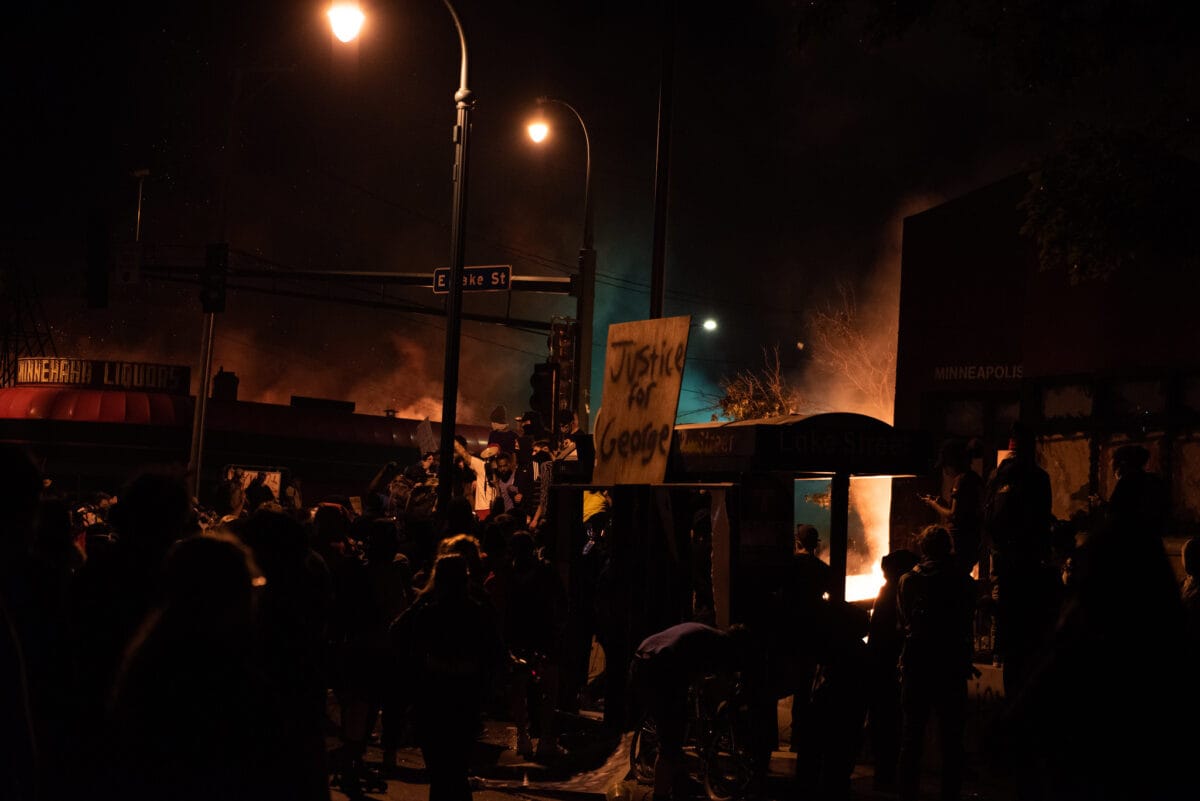Amid Responses to Section 230 Executive Order, Trump-Twitter Dispute Over ‘Censorship’ Continues to Escalate
May 29, 2020 — President Donald Trump continued to rage against Twitter over allegations of censorship by the company in a series of tweets on Friday, the day after signing a controversial executive order calling for a reevaluation of Section 230 of the Communications Decency Act. The order was wide
Em McPhie

May 29, 2020 — President Donald Trump continued to rage against Twitter over allegations of censorship by the company in a series of tweets on Friday, the day after signing a controversial executive order calling for a reevaluation of Section 230 of the Communications Decency Act.
The order was widely viewed as retaliation against Twitter for putting a label on two of Trump’s tweets about mail-in ballots urging readers to “Get the facts.”
The fight between the platform and the president escalated when Trump sent a tweet on Thursday night implying that protesters in Minneapolis could be shot. Twitter disabled engagement with the tweet and hid it behind a warning saying that it had “violated Twitter Rules about glorifying violence…[but] it may be in the public’s interest for the Tweet to remain accessible.”
The official White House Twitter account later reposted the offending message, receiving the same response from Twitter.
“REVOKE 230!” the president tweeted on Friday morning.
The tense back-and-forth followed Thursday’s executive order, which has been criticized by Democratic politicians, social media platforms and legal experts who argue that it is both legally unenforceable and would have a detrimental impact on internet free speech.
“This is pure political theatre — and an affront to the Constitution,” said Ashkhen Kazaryan, director of civil liberties at TechFreedom. “The Order is a hodgepodge of outdated and inapplicable precedents combined with flagrant misinterpretations of both the First Amendment and Section 230.”
Kazaryan added that the Supreme Court, led by Trump appointee Brett Kavanaugh, has in past court decisions rejected the claim that Twitter and Facebook serve as a public forum has been rejected by the Supreme Court.
Energy and Commerce Committee Chairman Frank Pallone, Jr., D-N.J., Communications and Technology Subcommittee Chairman Mike Doyle, D-Penn., and Consumer Protection and Commerce Subcommittee Chair Jan Schakowsky, D-Ill., issued a statement criticizing the order.
“[The] President is lashing out to punish social media platforms that are seeking to stop the dissemination of misinformation…” the representatives wrote. “Online platforms should enforce their codes of conduct to combat disinformation, even when it is spread by right wing extremists and the President himself, but the President has made clear he wants the internet to cower in fear.”
Kazaryan identified two legal issues with the order. First, she said, it collapses Section 230’s three separate immunity provisions into a single immunity, transforming the statute and “opening the floodgates to frivolous lawsuits intended to harass website operators.”
Second, by asking the Federal Communications Commission to define “good faith” in such a broad way, it would effectively allow the agency to micromanage the operations of independent websites and their content moderation processes, Kazaryan said.
In a statement, Twitter executives condemned what they called “a politicized approach to a landmark law” and warned that the order, if implemented, would “threaten the future of online speech and Internet freedoms.”
Trump and his allies have framed the order as a fight for free speech, with a White House press release claiming that “the idea that large, powerful social media companies have the ability to censor opinions with which they disagree is fundamentally un-American and anti-democratic.”
Critics of the order, however, claim the opposite — that the President targeting a private company for its content moderation policies carries a greater risk to the First Amendment.
Several legal scholars have argued that the order has little chance of taking full effect in the near future, and Trump himself admitted at the signing that he expects a legal challenge.
But Kazaryan claimed that there was still damage done.
“Even if none of this becomes law, the Order has already succeeded in politicizing content moderation — and feeding the growing persecution complex among conservatives that social media are out to get them,” she said. “Conservatives should remember why they fought FCC regulation of broadcasting for decades: it will eventually come back to bite them, and it’s grossly unconstitutional.”
For additional context on the Justice Department’s attitude toward Section 230, read “Attorney General Bill Barr Calls for ‘Recalibrated’ Section 230 as Justice Department Hosts Tech Immunity Workshop,” Broadband Breakfast, February 19, 2020.
See also Broadband Breakfast’s four-part series on the CDA:
Section I: The Communications Decency Act is Born
Section II: How Section 230 Builds on and Supplements the First Amendment
Section III: What Does the Fairness Doctrine Have to Do With the Internet?
Section IV: As Hate Speech Proliferates Online, Critics Want to See and Control Social Media’s Algorithms










Member discussion